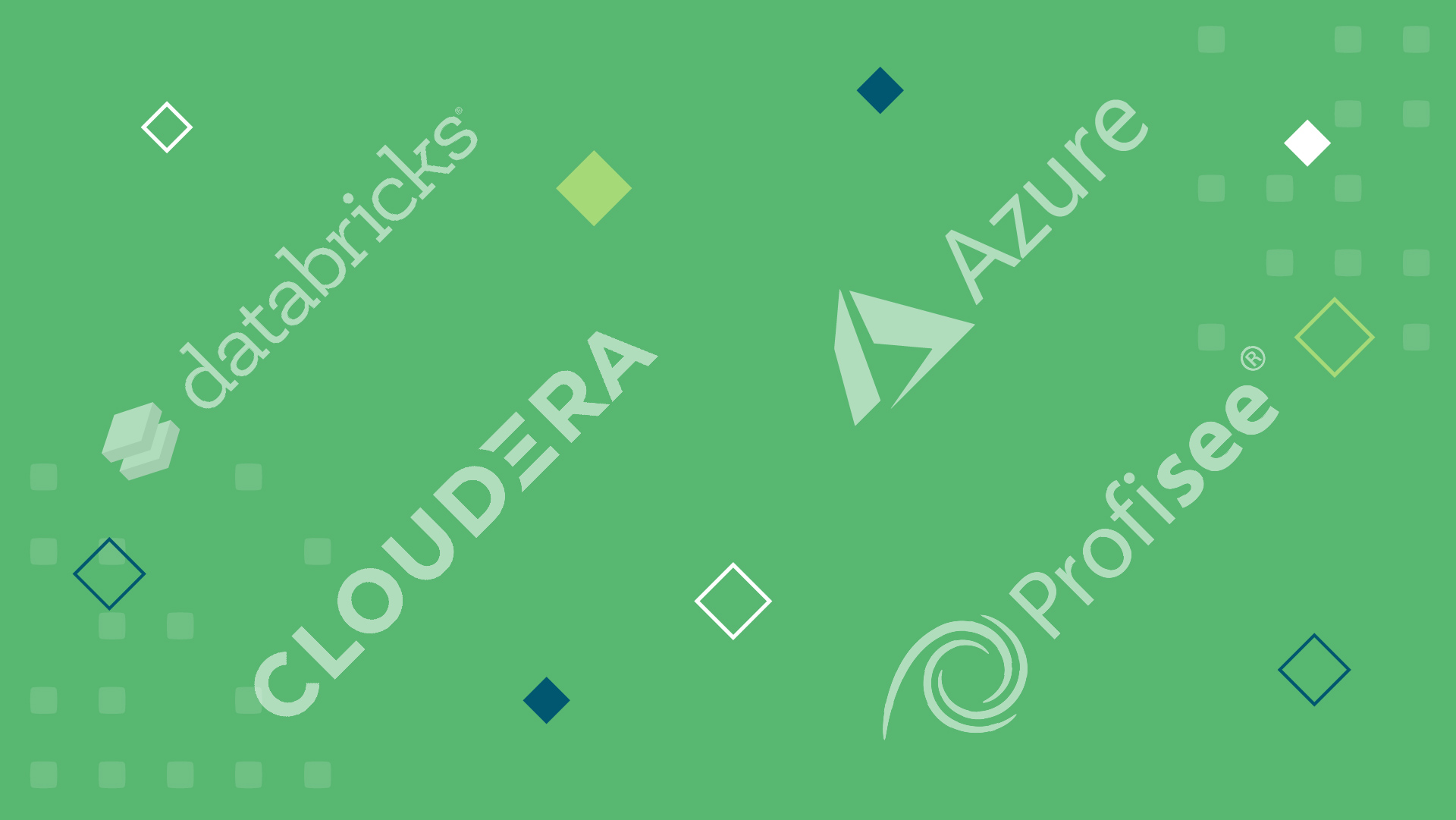The cloud is quickly becoming the solution of choice for enterprises looking to store and access their data. The reasons are compelling: lower costs, more flexibility, ability to scale quickly.
But for many companies, moving everything to the cloud is not an option. Specifically, enterprises bringing in and storing large amounts of data are often staying with on-premises solutions. Here’s why:
 1. Data security
1. Data security
For enterprises that routinely work with large amounts of sensitive data (e.g., healthcare, financial, government-related), maintaining that data on-premises comes down to one word: control.
By keeping data on-premises, it’s much easier—and easier on your peace of mind—to know exactly where sensitive data is, who has access to it, and how it’s being used.
Obviously, cloud security is always improving, but it was just a few years ago that events occurred, such as the National Electoral Institute of Mexico breach, when more than 90 million voter registration records were released due to an illegally hosted cloud server outside of the country. Storing that sensitive data on-premises—and using a proper cloud server, of course—could have prevented that problem.
 2. Organizational governance of data
2. Organizational governance of data
The more data you use, the more access points are required for that usage. Similarly, ensuring all your data is organized in the proper way can easily become a headache.
Owning and maintaining your own infrastructure can make it easier to make sure all access and data governance is properly handled, since specific teams are required to keep things running smoothly on-premises. Having a dedicated team on hand to constantly monitor data governance can cure a common pain point, especially for large enterprises.
 3. Regulations
3. Regulations
Increasingly, countries are passing regulations over how and where data is stored. Laws such as the European Union’s GDPR, which passed in 2016, require that data created in the EU be stored within the region.
In these cases, keeping that data on-premises within a specific country or region can be a necessity. That requires infrastructure physically inside the required area, with good governance to ensure it can only be accessed by those with clearance to do so.
 4. Legacy applications
4. Legacy applications
Often times, legacy applications are not built with cloud infrastructure in mind. That means, in order to support those applications, specific infrastructure needs to be in place.
While many applications can be modernized to make the transition to the cloud, data gravity—the idea that the more data that exists in a location, the more it has a tendency to force enterprises to build infrastructure around it — can make migrating everything to the cloud problematic.
On-premises solutions
If your enterprise fits any or all of these reasons for keeping large data sets on-premises, there are a number of solutions available to help you get the most out of your analytics on your own infrastructure.
Ready Solutions for Data Analytics from Dell, for example, provides “Big Data as a Service,” real-time data streaming, and ready solutions for Hadoop in an end-to-end portfolio.
We also have a number of free resources you can check out, including our whitepapers Big Data Made Simple, A Strategic Approach to Data Storage, and our latest resource—Navigating the Flood: Building Value by Reducing Data Complexity and Properly Managing Your Data.
Categories
- Cloud Migration and Adoption
- Enterprise IT and Infrastructure
- Artificial Intelligence and Machine Learning
- Data Management and Analytics
- DevOps and Automation
- Cybersecurity and Compliance
- Application Modernization and Optimization
- Featured
- Managed Services & Cloud Cost Optimization
- News
- Workplace Modernization
- Tech We Like
- AWS
- Social Good News
- Cost Optimization
- Hybrid Cloud Strategy
- NVIDIA
- Application Development
- GPU








